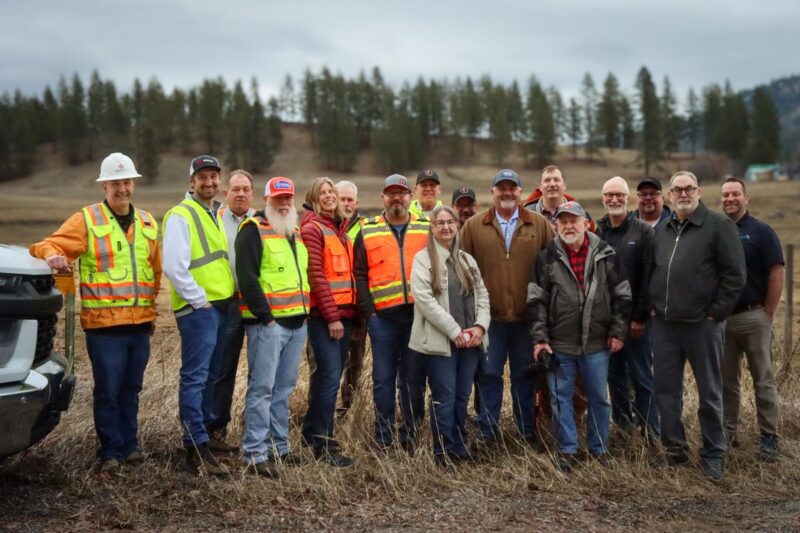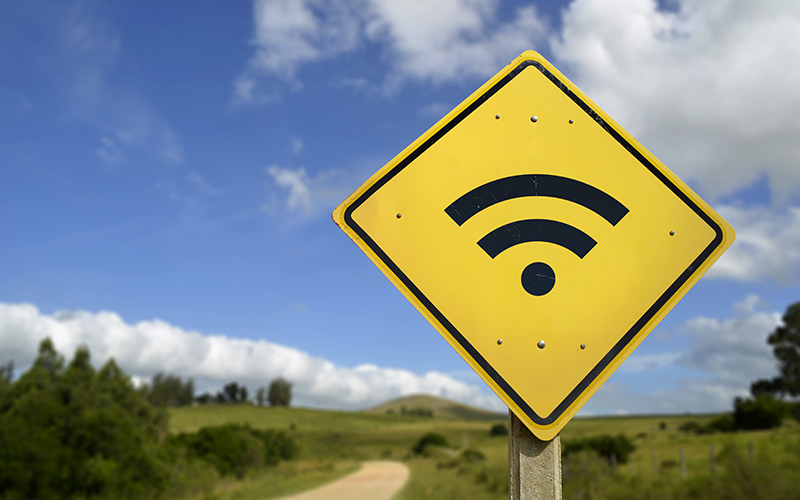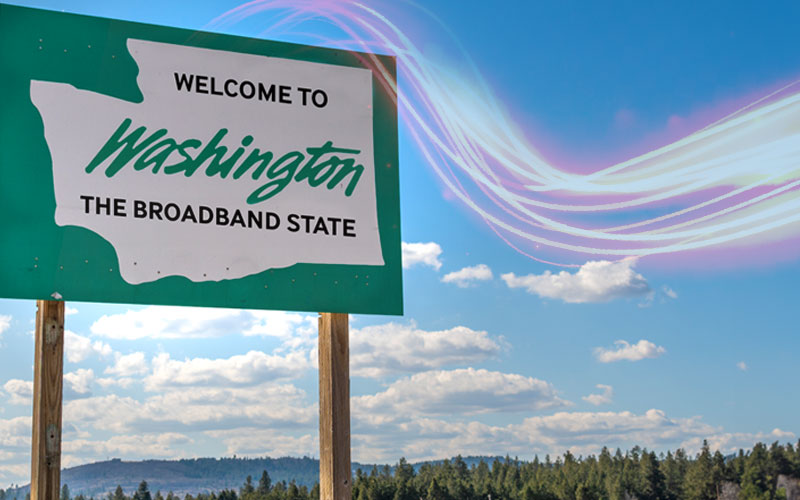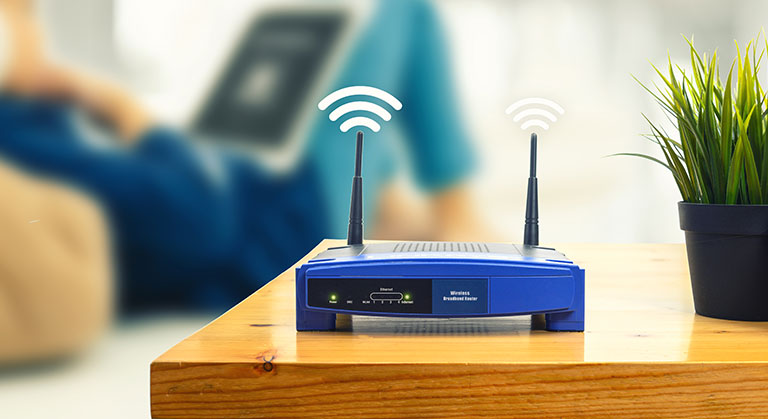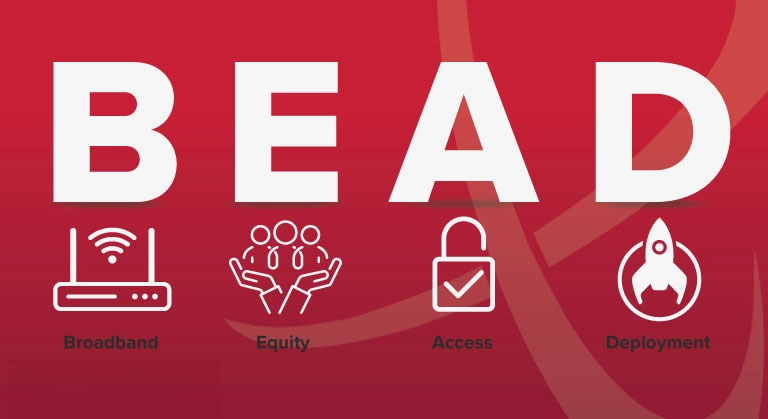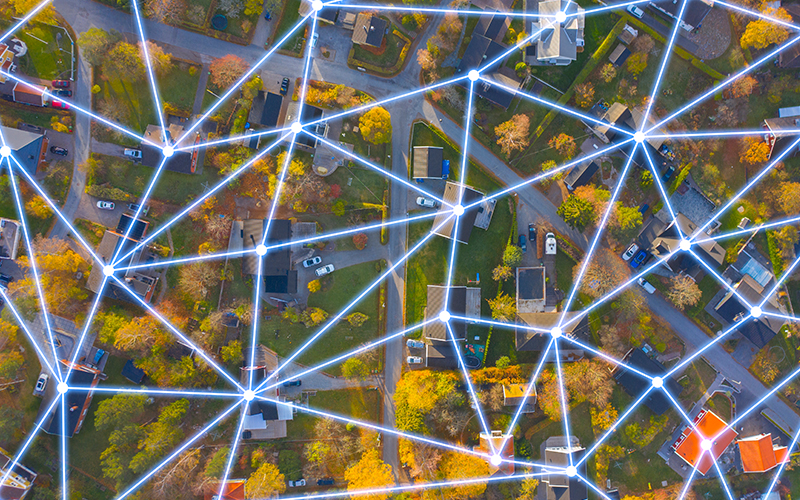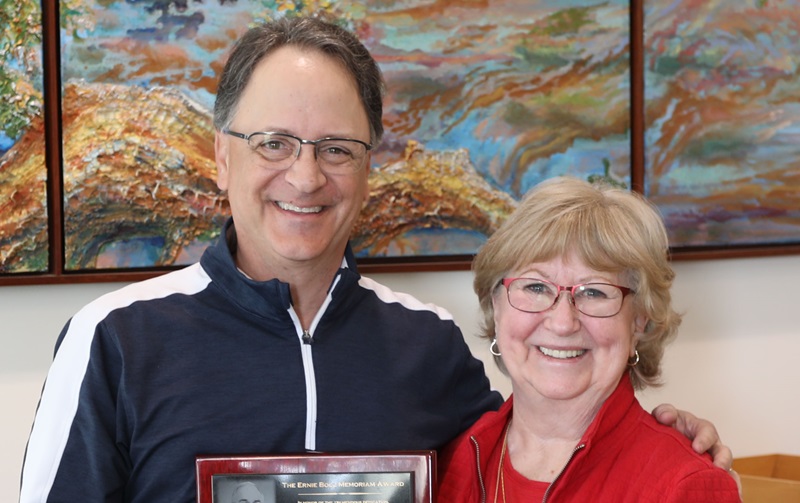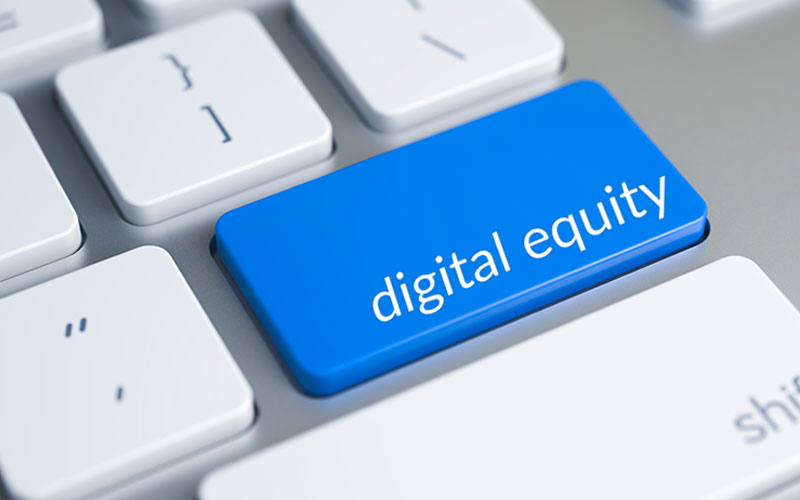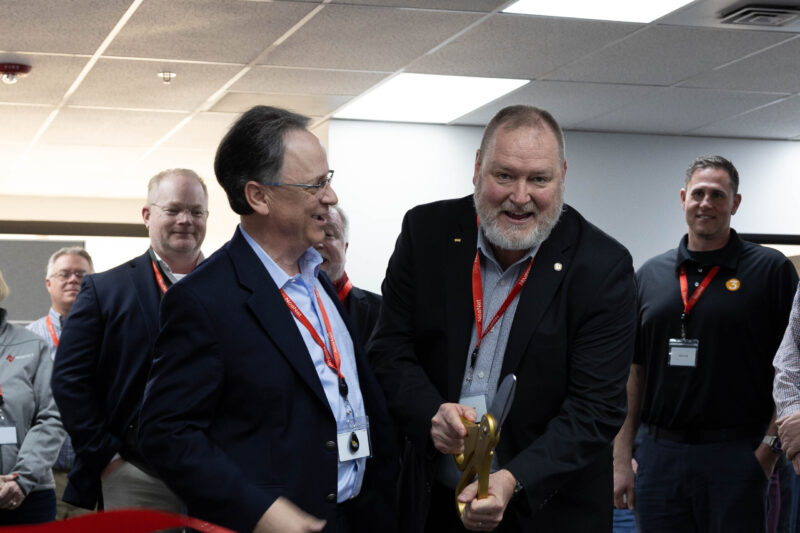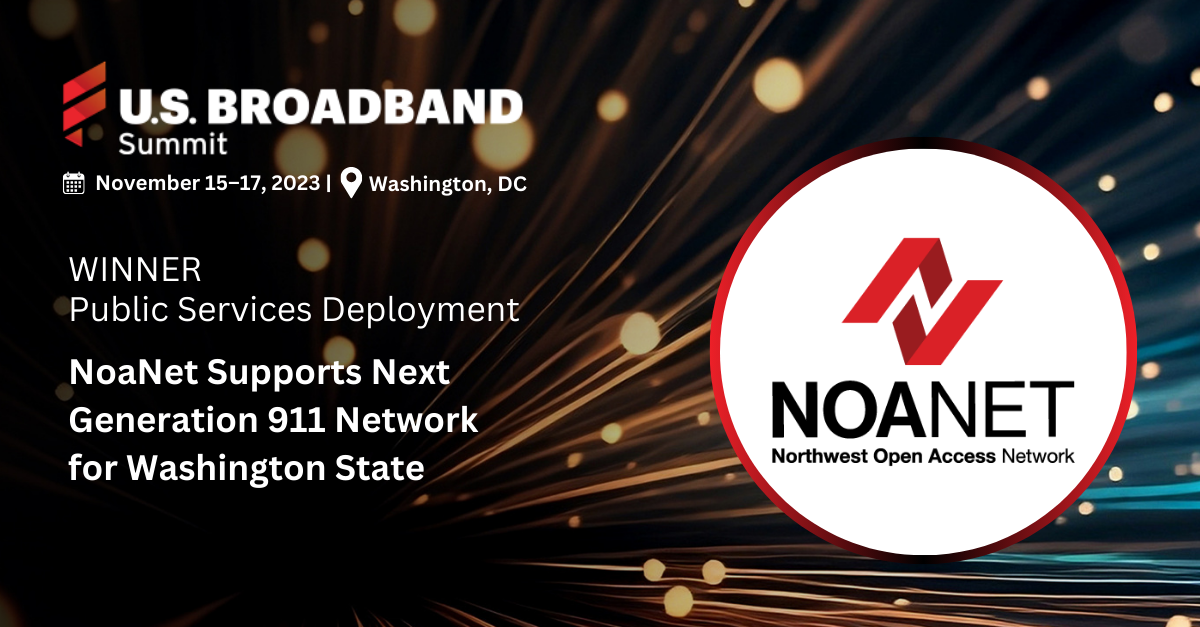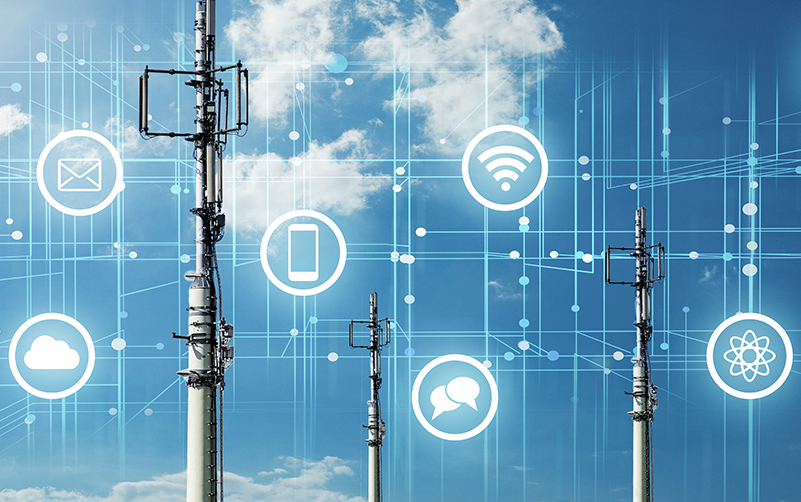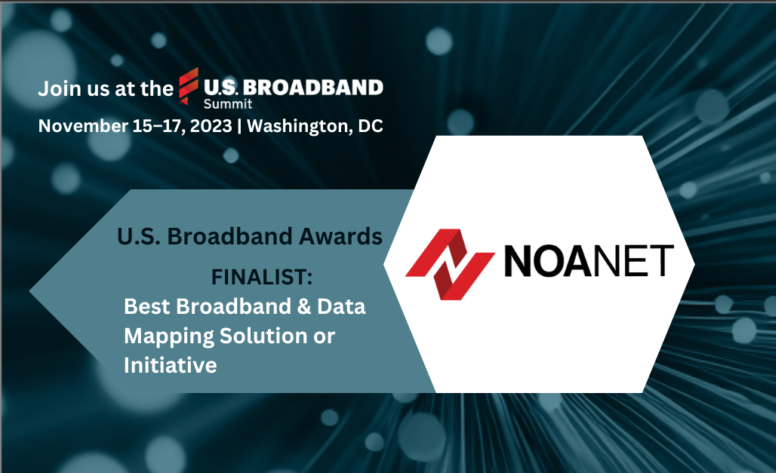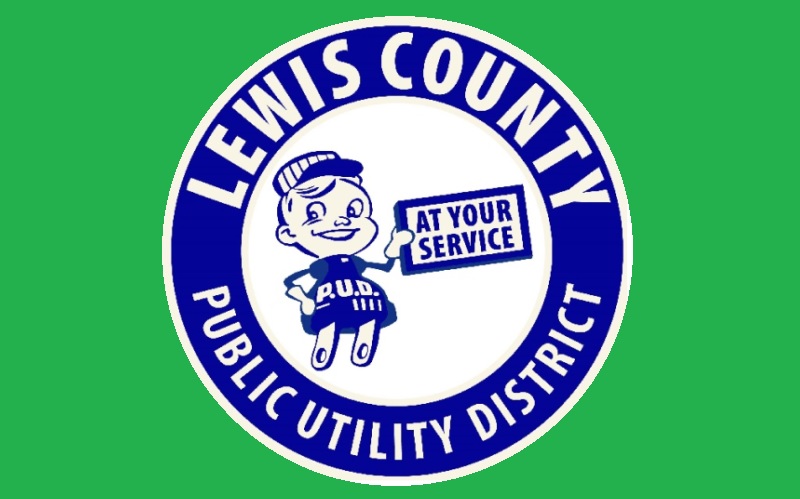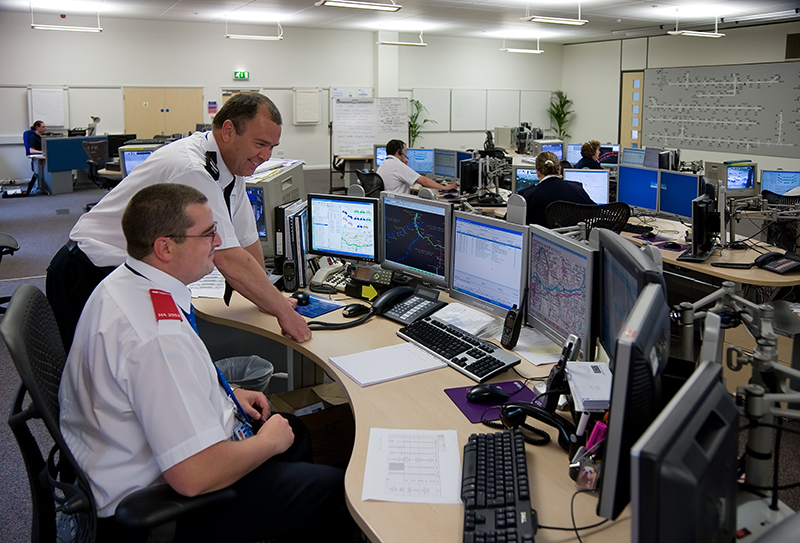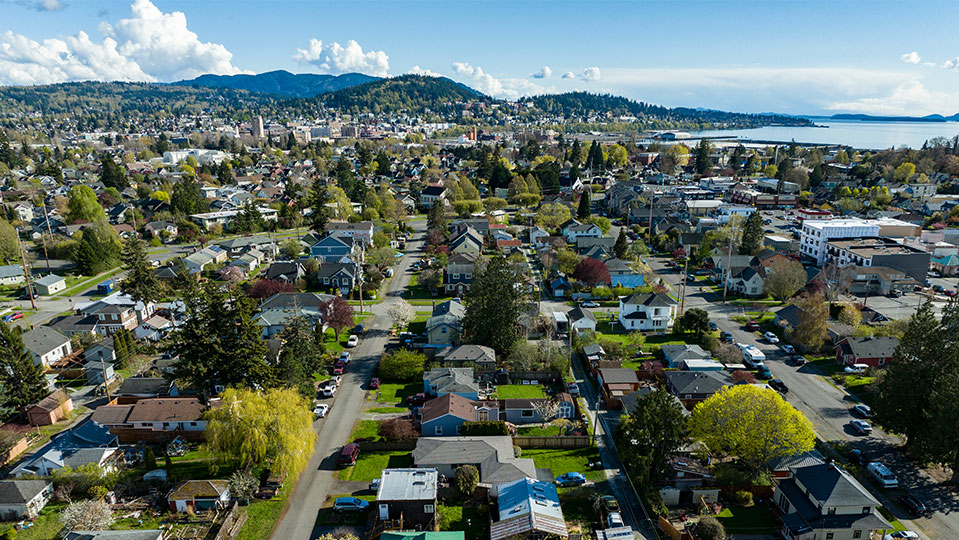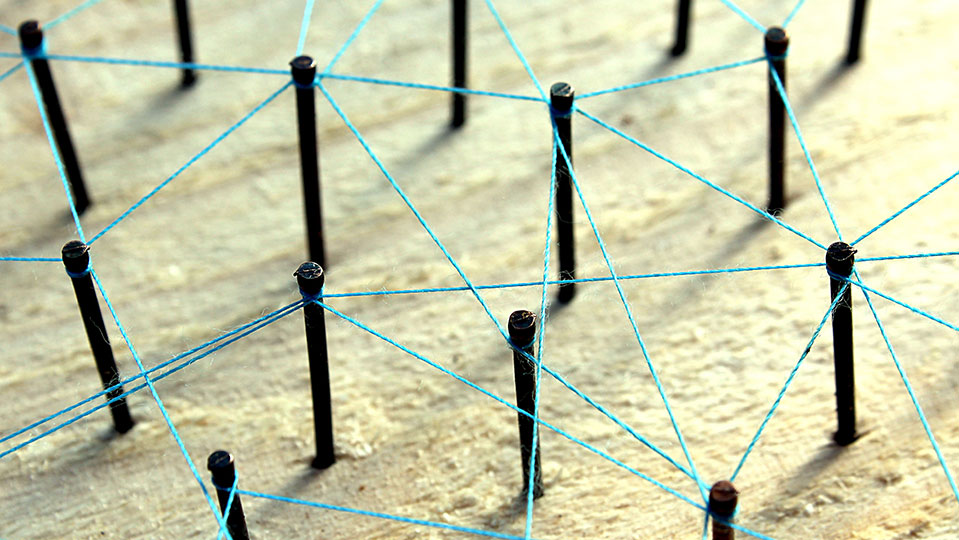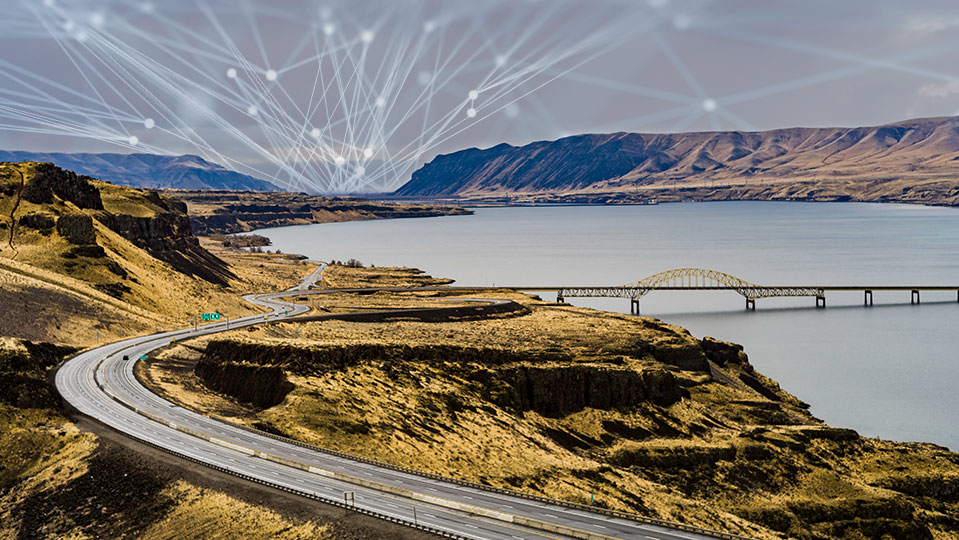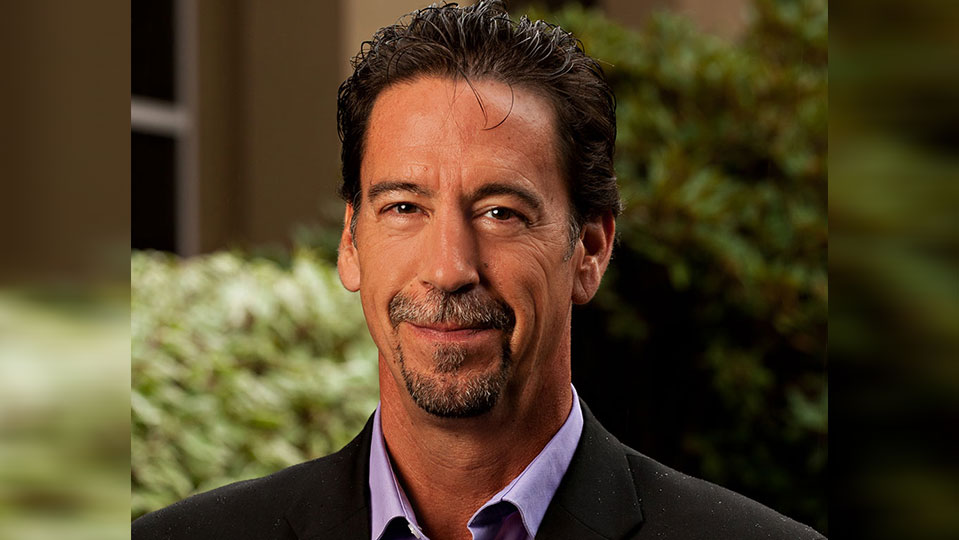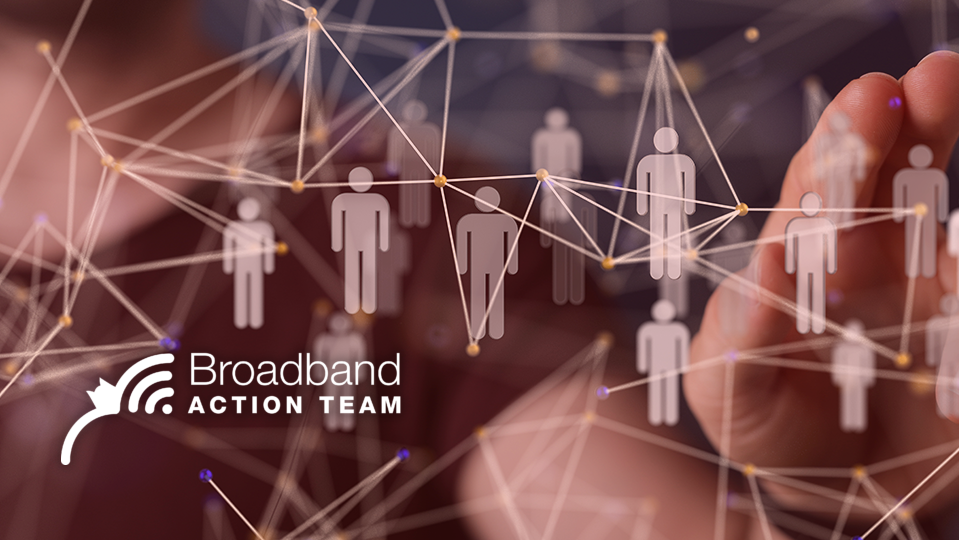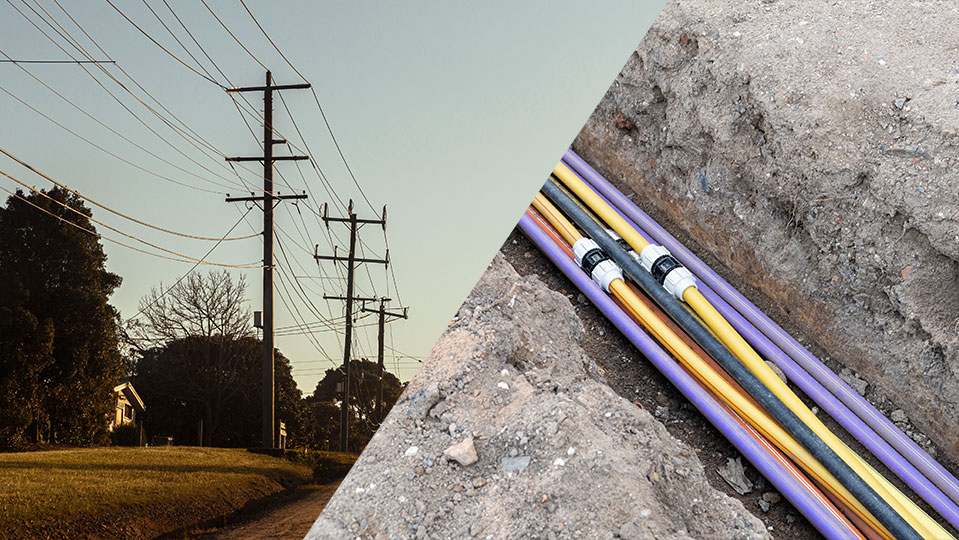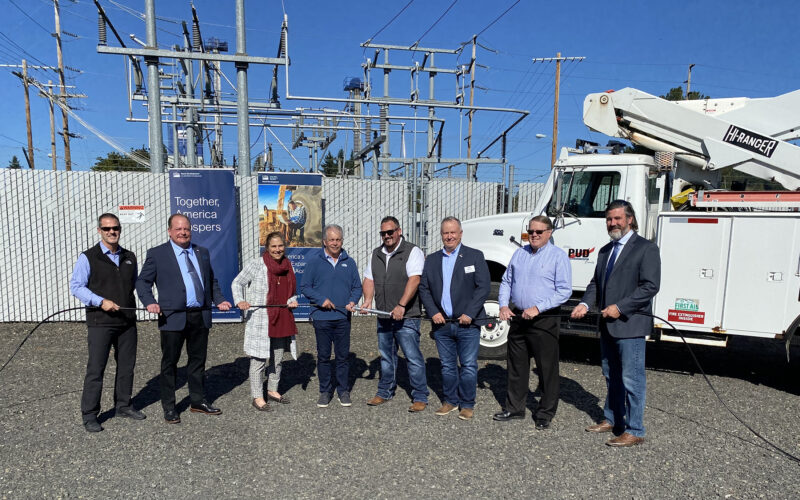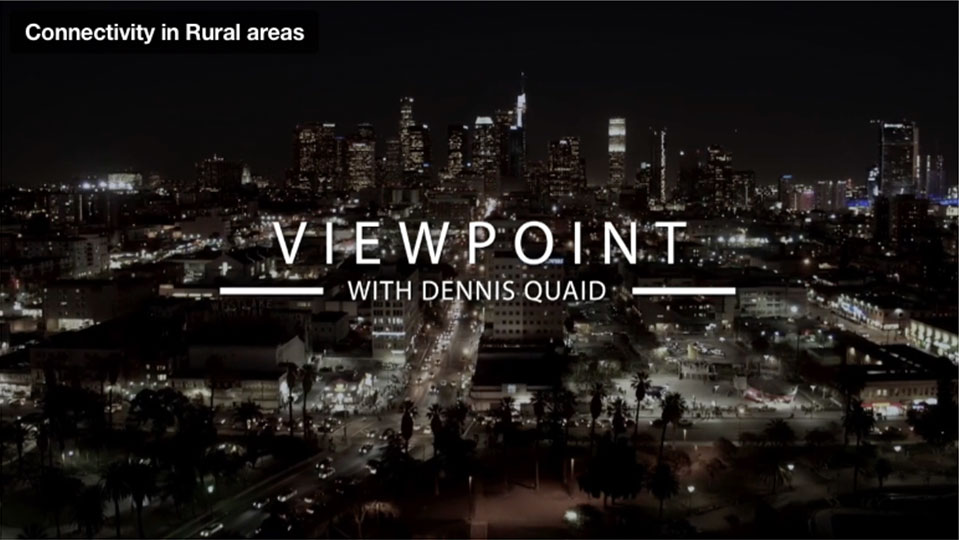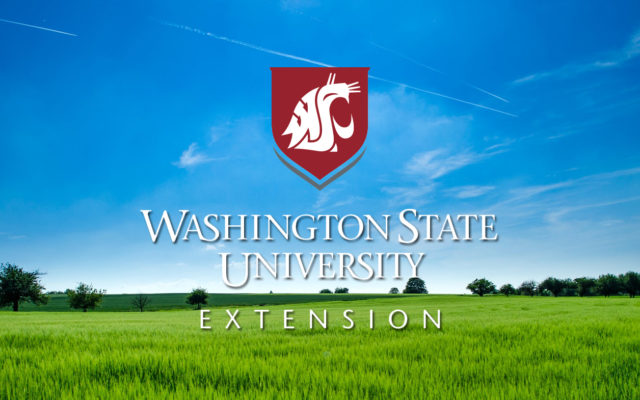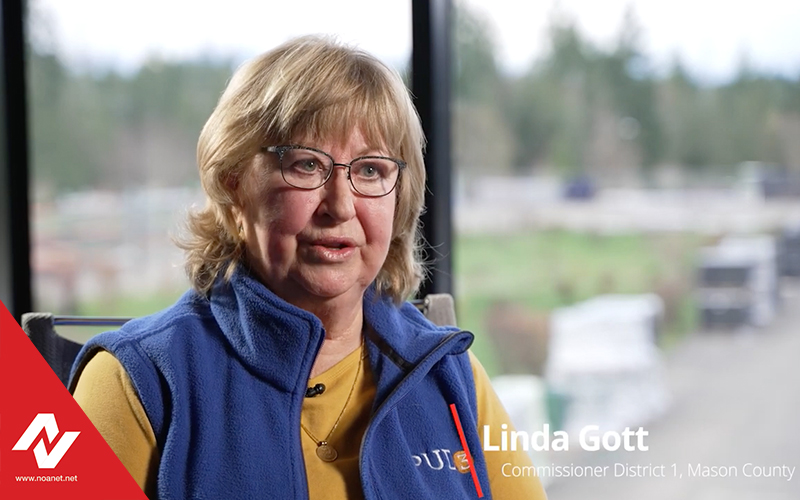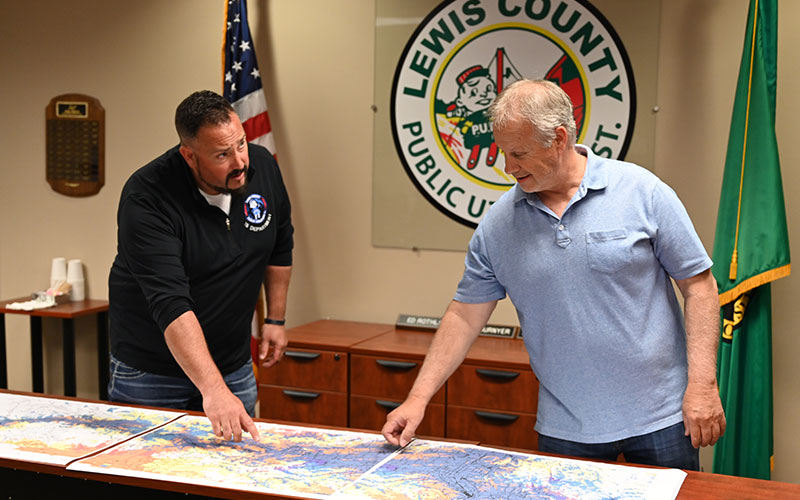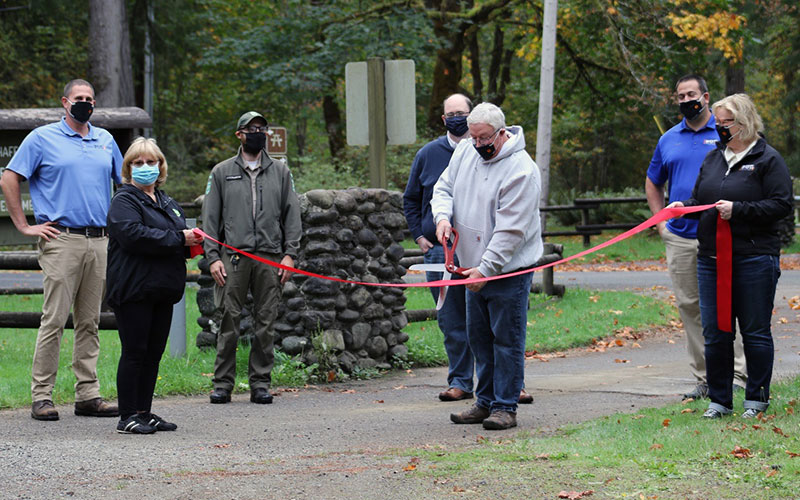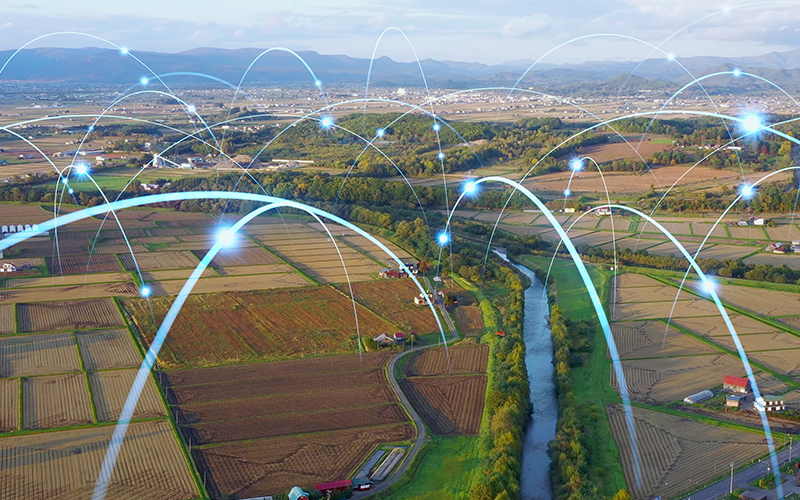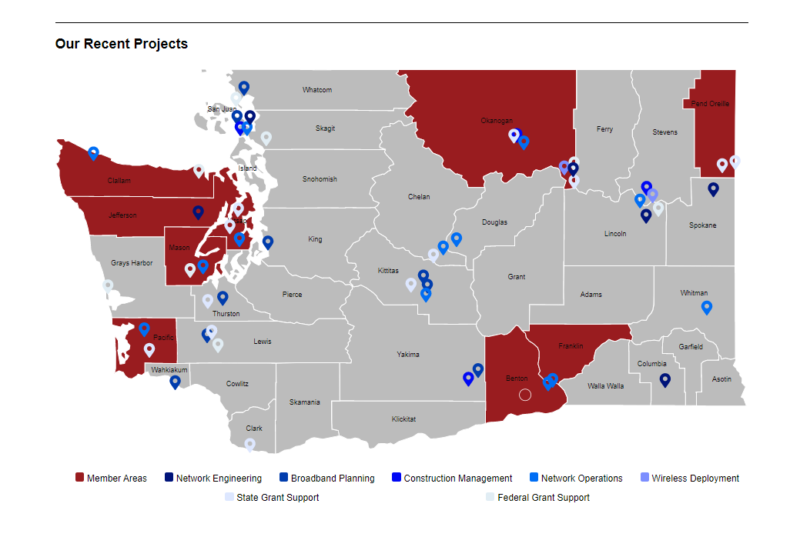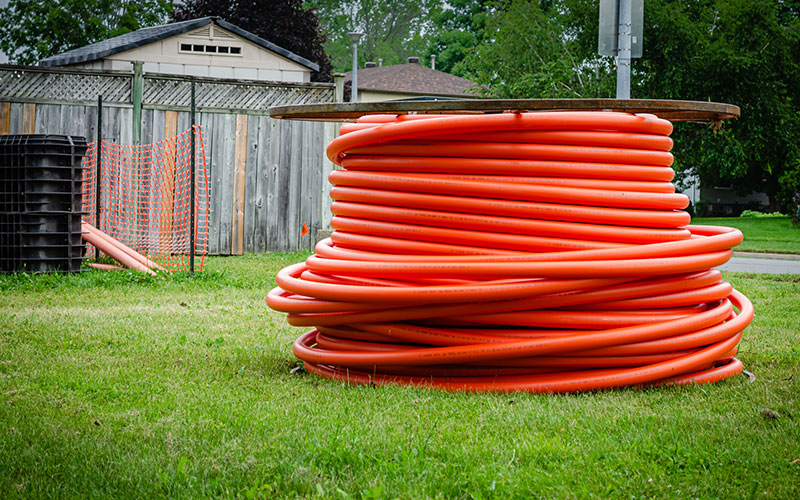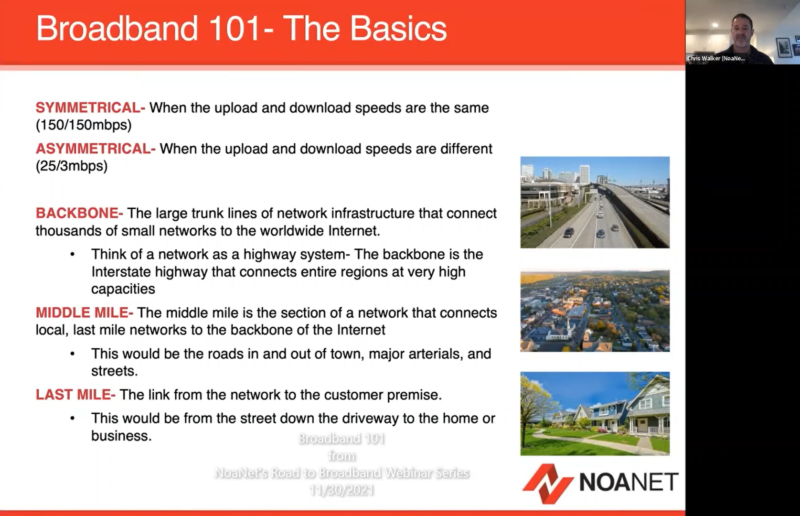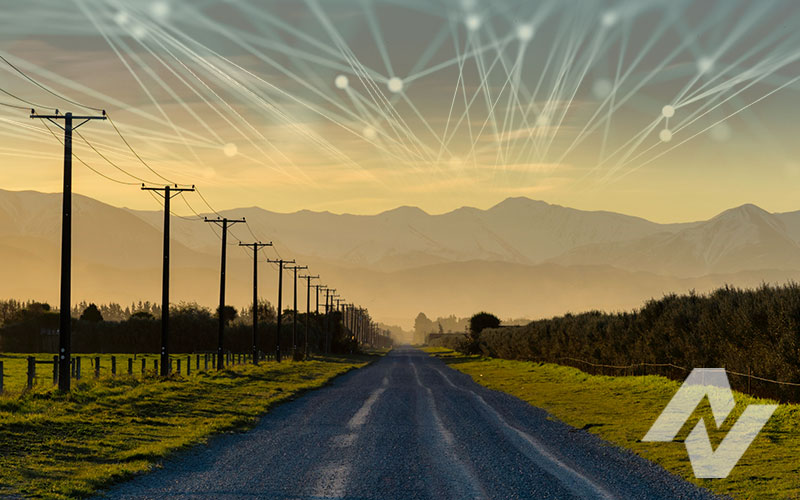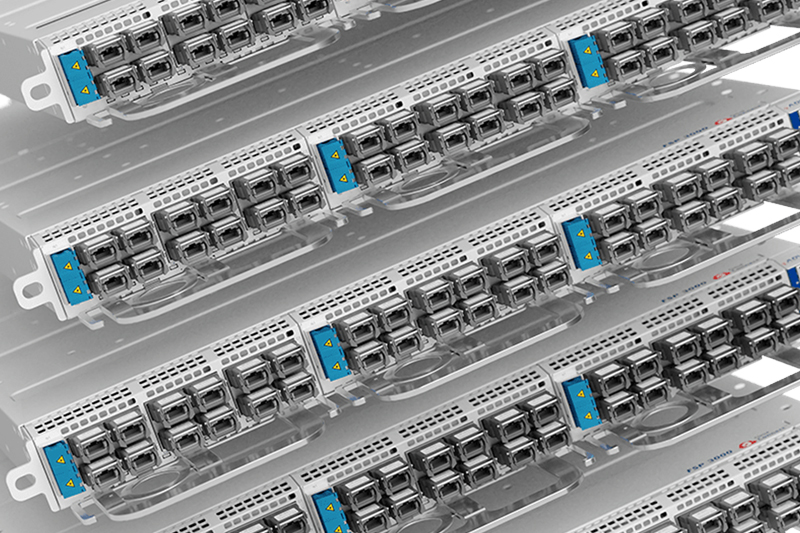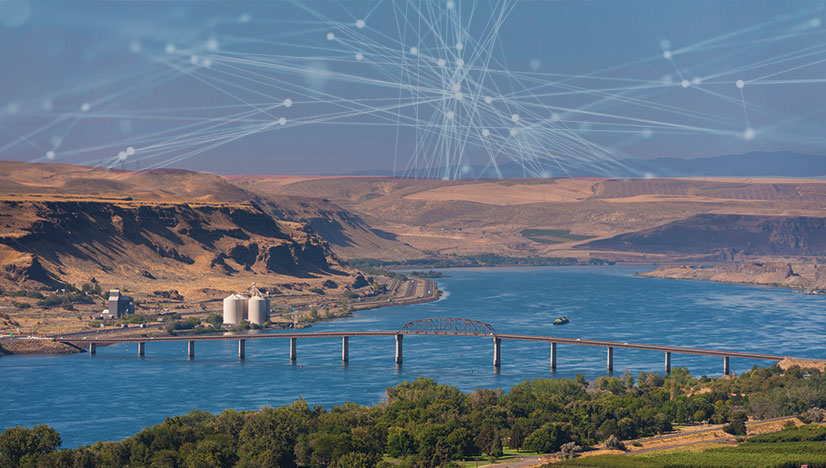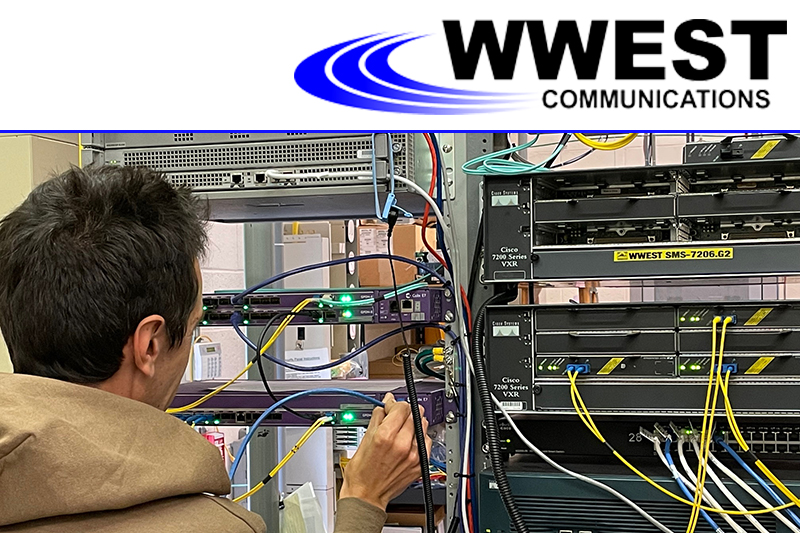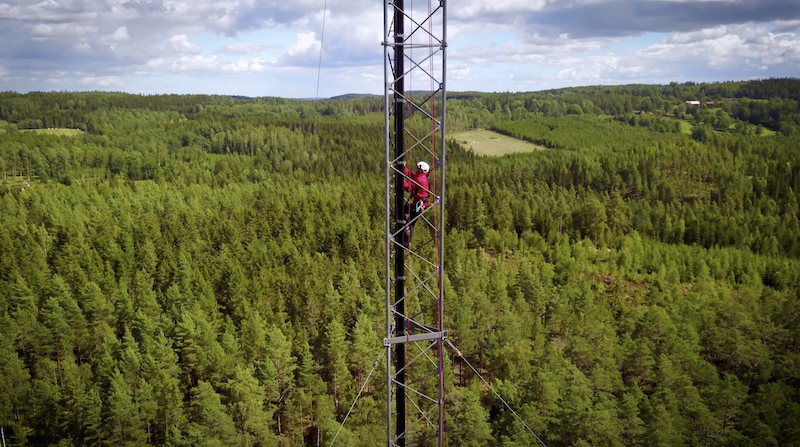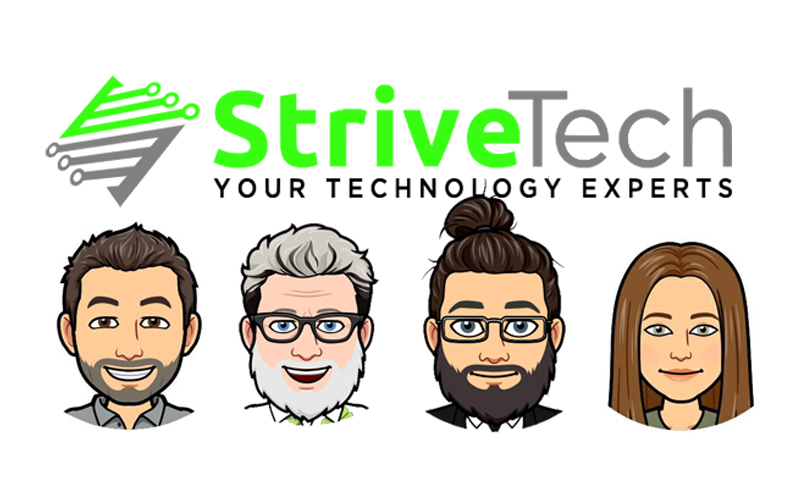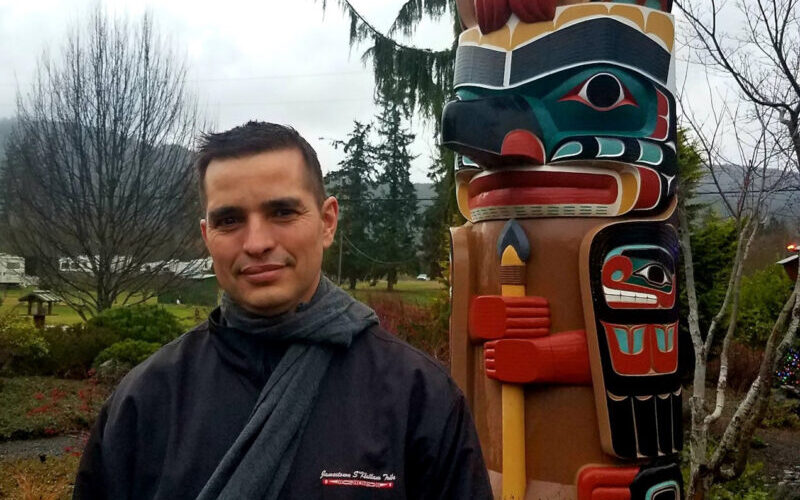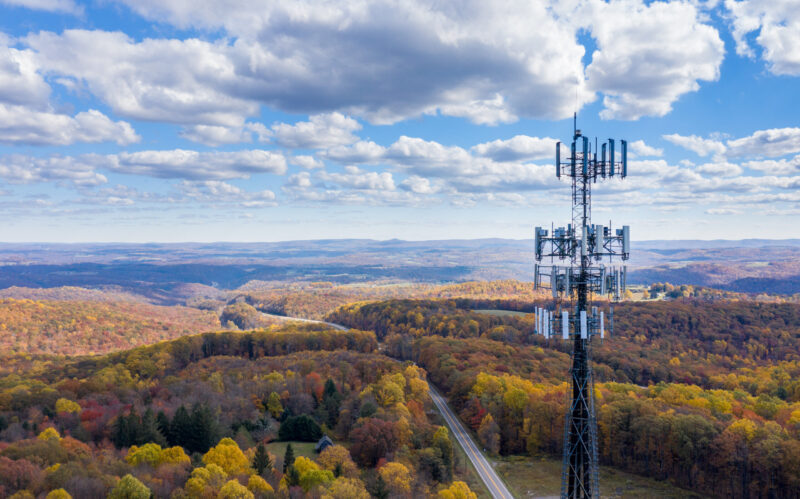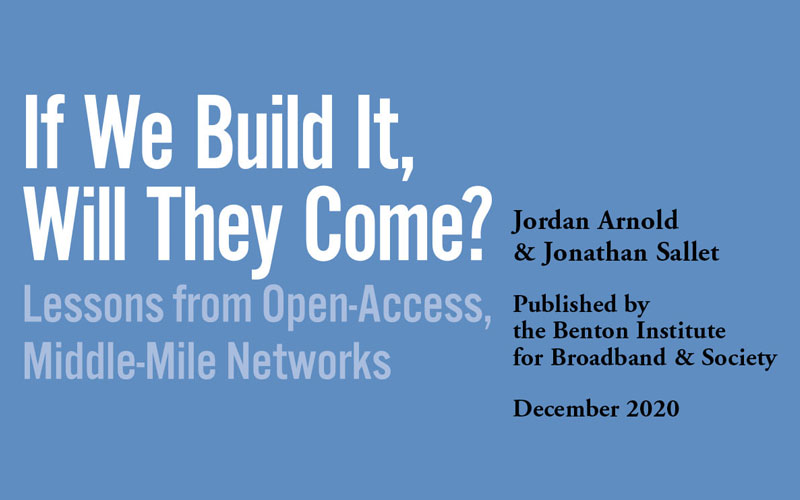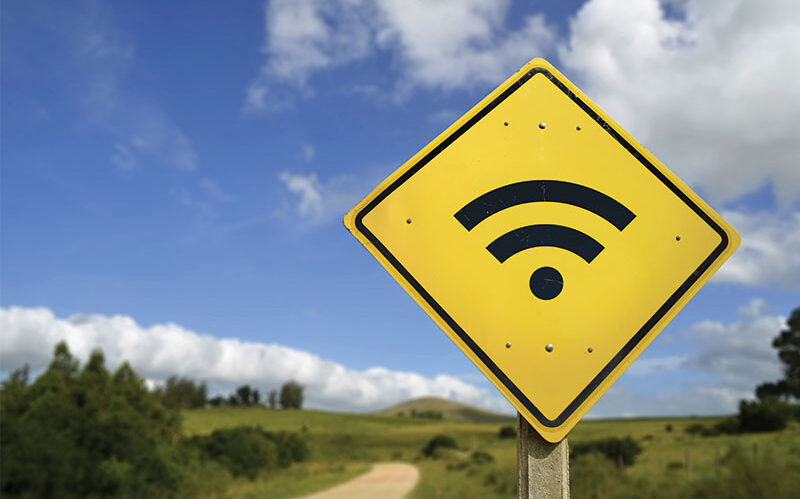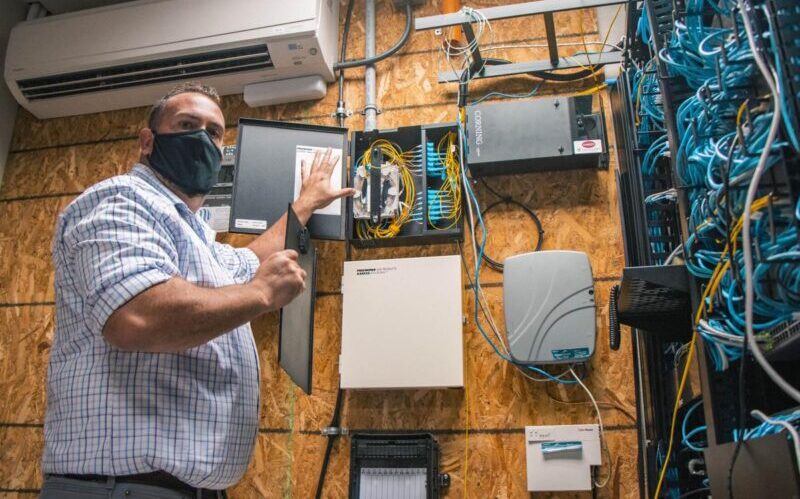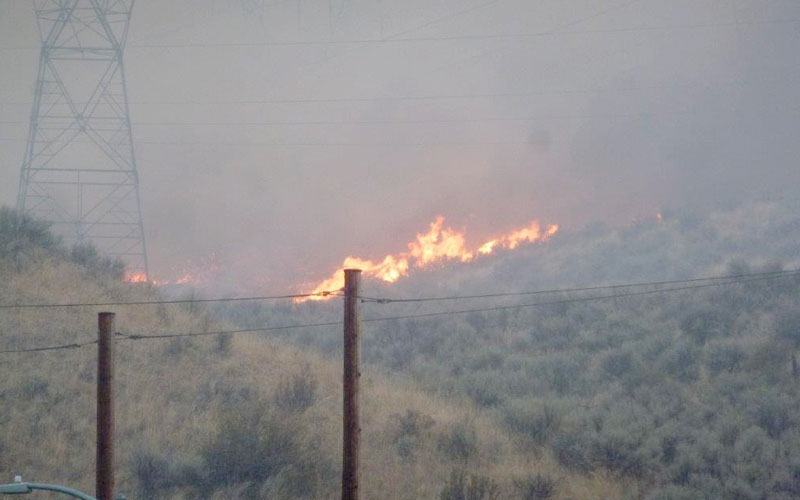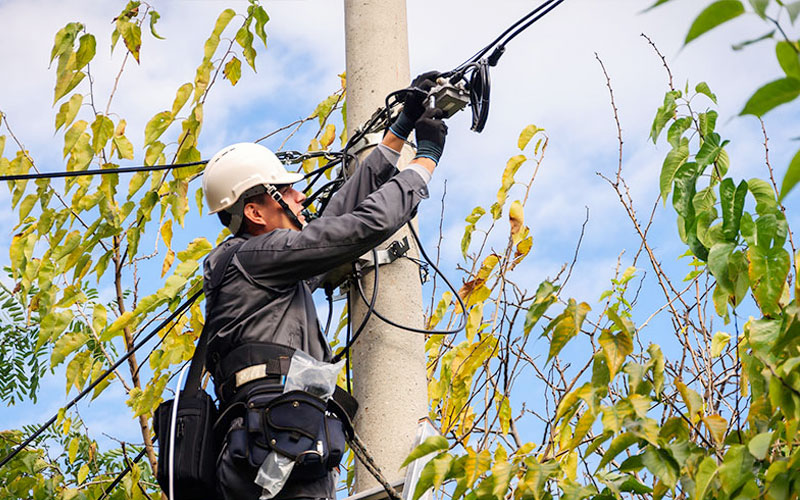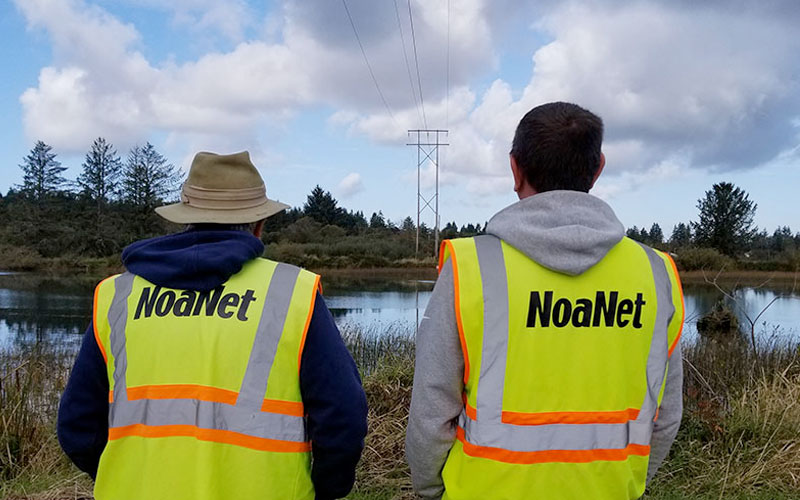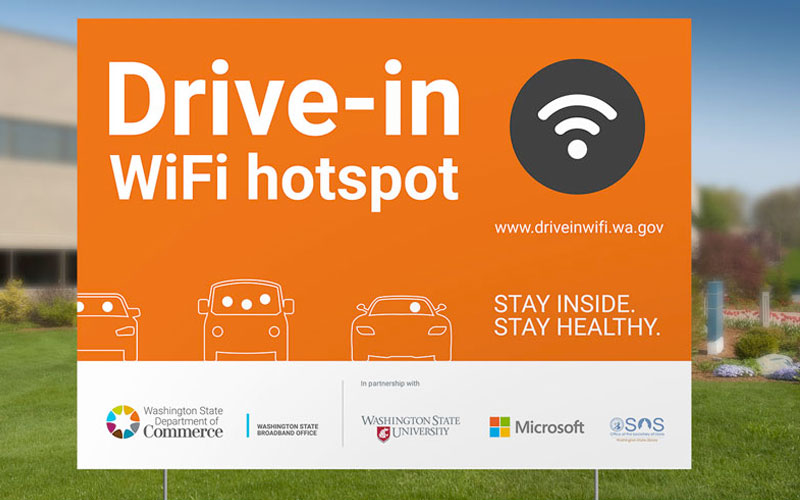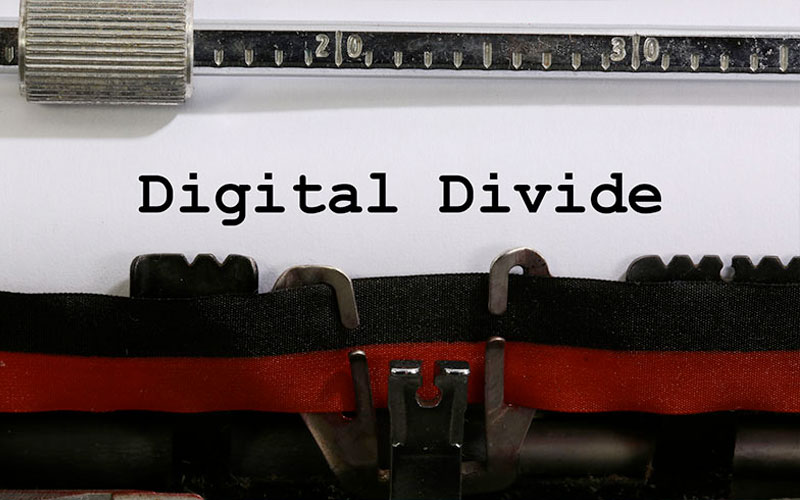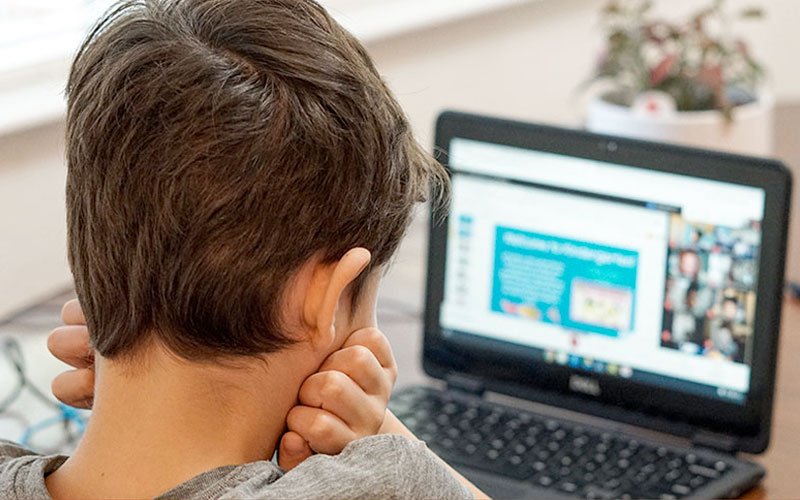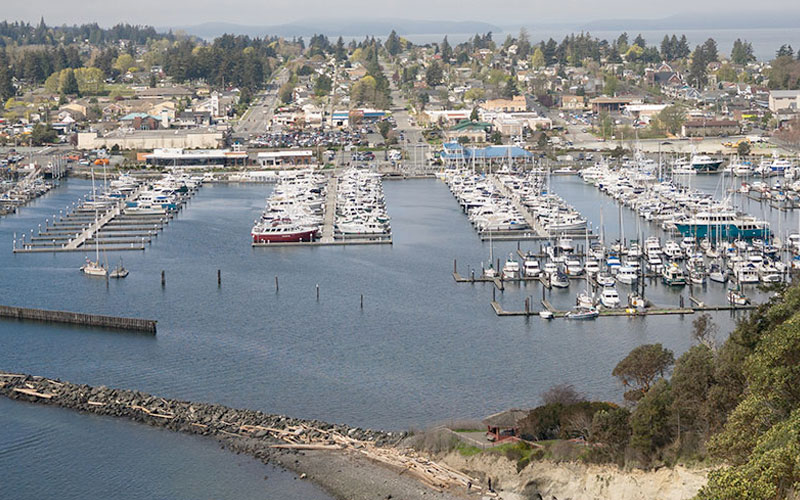Did you know approximately one in four Chelan County households face digital inequities that limit their access to information, education, employment, and healthcare. Imagine the economic benefit this region would see if we could help unlock the digital divide for these individuals?
September is Digital Equity Month, aimed at raising awareness about the disparities in access to digital resources and ensuring that all individuals, regardless of socioeconomic factors, have equal access to affordable high-speed internet, digital devices, skills, and accessible content. It aims to bridge the digital divide, promoting full participation in education, employment, healthcare, and civic life.
By heightening visibility and creating pathways to digital inclusion, people can obtain digital skills and connectivity essential for accessing news, employment, healthcare, and education.
Over the past few years in these Insights, we’ve explored government-related grant funding and opportunities, Washington State’s BEAD funding preparations and planning, and the importance of Broadband Action Teams (BATs) in making sure every voice from around the state is heard to understand community needs and bridge the digital divide.
Here, we put a lens on the NCW Tech Help—the banner name for NCW (North Central Washington) Tech Alliance, in collaboration with the NCW Digital Access and Equity Coalition, that released a 2024 Digital Equity Plan Summary representing Chelan, Douglas, Grant, and Okanogan Counties. Within the plan are ongoing efforts and strategic actions being taken to enhance digital inclusion across North Central Washington.
The county-level digital equity plans (funded by the Washington State Broadband Office) were developed through the collective efforts of the NCW Digital Access and Equity Coalition. These plans address digital disparities, focusing on expanding broadband infrastructure, promoting digital literacy, and ensuring access to affordable devices. Its collective goal is to empower all community members to fully participate in the digital world, irrespective of their background, income, language, education, or geographic location.
NCW Tech Help describes the building blocks of digital empowerment as three separate yet connected elements: service infrastructure (physical equipment and service infrastructure), devices (quality broadband internet, internet-enabled smartphones, and computers), and digital literacy skills (needed to use technology and resources to support ongoing learning). It contends all elements must be present and functioning to ensure that every resident is digitally empowered.
Each of the four counties took stock in its assets and challenges in creating its digital equity plan. The good news: Decades of visionary leadership through locally owned Public Utility Districts (PUDs), along with internet service providers (ISPs), have established a solid foundation with extraordinary extension of fiber networks across much of the four-county rural region. Still, disparities exist in those foundational building blocks to fully realize digital equity.
Spotlight on Chelan County
With around 80,000 residents, Chelan County’s economy is driven by agriculture, tourism, and energy sectors. Rugged terrain–including the Okanogan-Wenatchee National Forest and the Lake Chelan National Recreation Area–makes broadband deployment a challenge. However, starting in 2001 and at a cost of $100 million, Chelan County Public Utility District (PUD) has managed to install fiber infrastructure that currently reaches 76% of the population, with plans to expand to 85% by 2027.
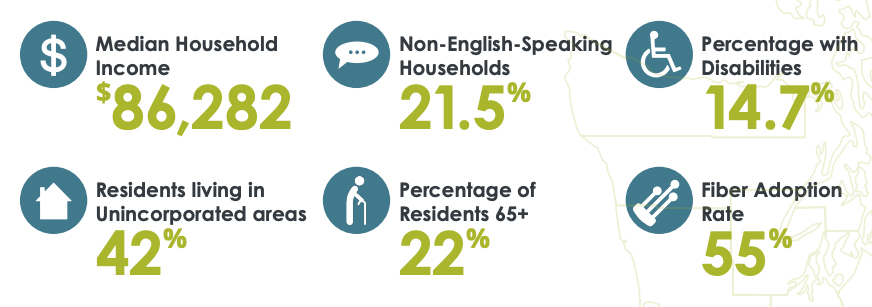
This network offers high-speed internet, television, and telephone access to over 30,000 premises, including businesses, critical community facilities, public safety agencies, and residences. Still, remote areas still lack access to high-speed broadband.
The Chelan County Broadband Action Team (BAT) was formed to promote local broadband access and identify infrastructure gaps in its digital equity plan. Its plan outlines strategies to extend broadband access to unserved and underserved areas, while also addressing digital equity issues such as the availability of devices and digital literacy training.
One identified priority for Chelan County is digital skills gaps. The pandemic exacerbated existing inequities, especially among rural residents, low-income households, students, seniors, farmworkers, Latinos, non-English speakers, and people with disabilities. The county has started several digital equity programs, including the deployment of Digital Navigators, expansion of public Wi-Fi, and partnerships with local organizations to provide affordable devices and digital skills training.
Over time, these programs can improve access to education, healthcare, and economic opportunities, and enhance the overall quality of life in Chelan County. Through continued collaboration and strategic investment, the report contends Chelan County is positioning itself as a leader in broadband expansion and digital equity, laying the foundation for a more connected and resilient future.
Check out demographic data on the region and review each county-specific digital equity summary at ncwtechhelp.org.
Why strive for digital equity?
We agree with NCW Tech Help in its position that expanding digital equity is not just about connecting people to the internet; it’s about unlocking potential across our communities. Access to digital technologies, with the necessary skills and resources, plays a crucial role in fostering economic growth, enhancing educational opportunities, and improving overall quality of life. Investing in digital equity has transformative effects, enabling entrepreneurship, boosting workforce competitiveness, and driving local economies forward.
We embrace the challenges ahead in helping to bridge the digital divide and applaud the efforts of this regional initiative to bring attention and clarity needed to realize this vision.
Get involved!
If you’re based in North Central Washington, the linked plan provides many ideas to get involved to help to bridge the digital divide, everything from sharing resources and information, to partnering up with consortiums, to building your own digital skills, to becoming a digital navigator.
Statewide, an initiative through the Washington State Broadband Office (WSBO) offers a Digital Navigator Program that leads collaborative partners to eliminate barriers and forge an equitable path to digital inclusion. That path increases access to supporting services as telehealth, employment, education and training, and more. Learn about the Digital Navigator Program and Funding (PDF).
NoaNet is a non-profit public broadband organization owned by public utilities that has been serving our region since 2000. NoaNet operates with a mission to enhance broadband access and services in Washington State and the Pacific Northwest. Our primary focus is on supporting the development of broadband infrastructure and programs to bridge the digital divide and bring the advantages of advanced connectivity to rural communities throughout the region.


